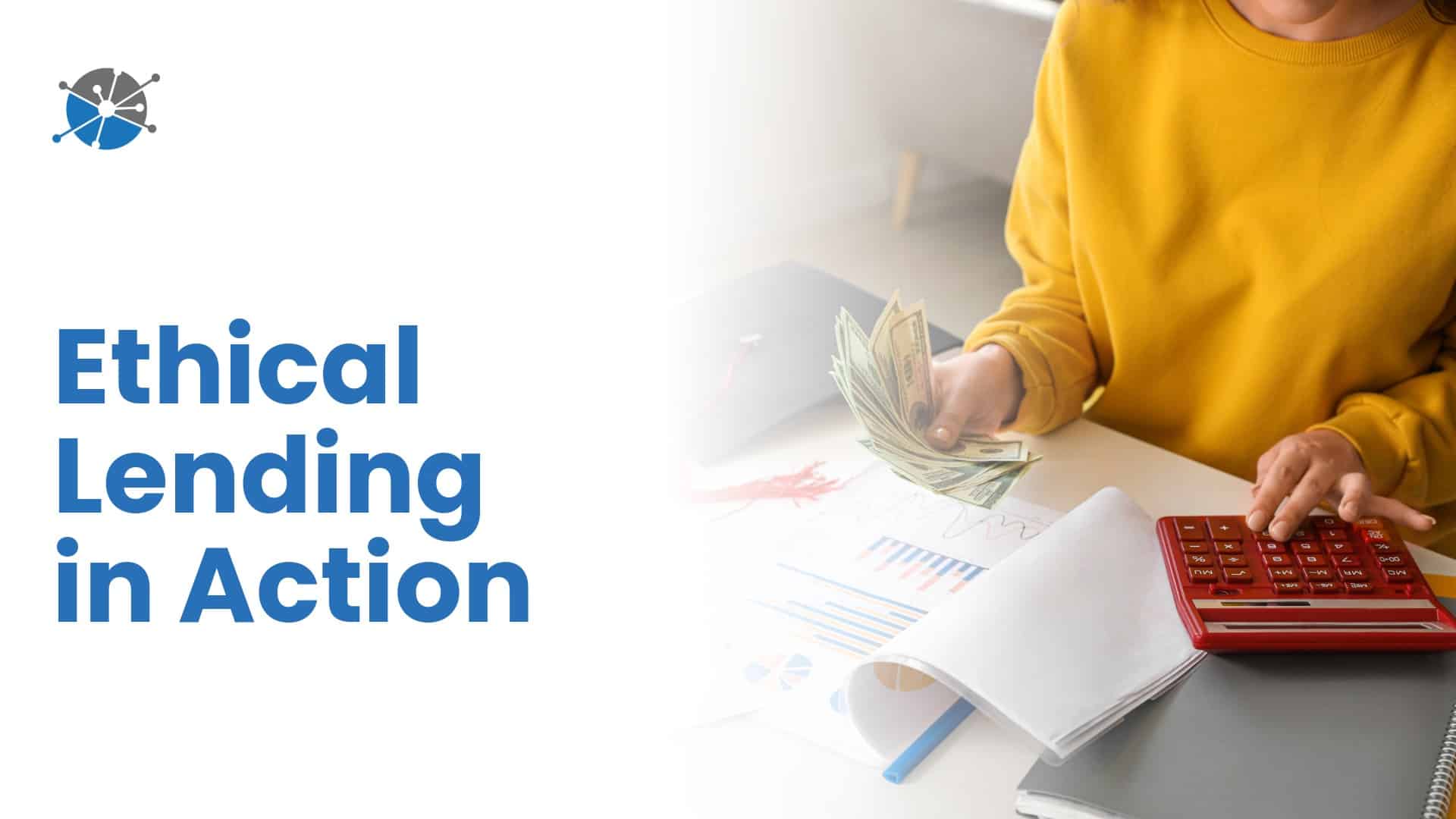
How Ethical Lending Can Redefine Private Student Loan Recovery
Private student loan refinancing has emerged as an underutilized yet transformative mechanism for addressing borrower distress. When structured with transparency and educational intent, refinancing can transition borrowers from default to financial rehabilitation.
The current structure of the student loan ecosystem continues to disadvantage borrowers, particularly within the private loan sector, who fall into default. Federal borrowers benefit from established relief programs such as rehabilitation, consolidation, and forgiveness. Private borrowers, in contrast, encounter rigid recovery systems that offer limited flexibility.
Private student loan refinancing, when designed through ethical and educational frameworks, can fill this structural gap. Beyond adjusting interest rates, responsible refinancing represents an opportunity to realign financial operations with principles of trust, transparency, and rehabilitation. The challenge lies not in the mechanics of lending, but in rethinking how institutions engage with borrowers who have historically lacked access to meaningful recovery options.
This article examines the ethical imperatives, operational models, and educational frameworks necessary to support responsible lending that benefits both borrowers and the broader credit ecosystem.
The Structural Divide in Student Loan Relief
The disparity between federal and private loan relief mechanisms has created a bifurcated system of opportunity. Federal programs provide structured rehabilitation pathways that allow borrowers to regain current status and rebuild credit. Private borrowers, however, often remain confined to collections, with few viable alternatives for restoring financial stability.
This divide has produced a growing population of consumers burdened by long-term defaults that impede housing access, employment opportunities, and credit recovery. In the absence of intervention, these borrowers cycle between delinquency and deferment, reinforcing financial exclusion. A reimagined approach to private student loan refinancing can provide an equitable resolution and transform debt from a permanent liability into a pathway toward financial inclusion.
Operationalizing Ethical Lending
Ethical lending cannot exist without operational integrity. In practice, this requires that lenders prioritize education, clarity, and long-term outcomes over short-term profit metrics. Borrowers in distress often approach the financial system with skepticism, which is an understandable reaction shaped by repeated rejection or misinformation.
Successful recovery models begin with communication rather than credit scoring. Comprehensive borrower education at the outset ensures that individuals understand the terms, implications, and responsibilities associated with refinancing. Clear expectations build credibility, and consistent engagement fosters sustainable repayment behavior.
Ethical lending, therefore, is not a marketing philosophy; it is a process framework. Each touchpoint, from application and approval to servicing, must reinforce transparency. When operational processes align with borrower understanding, recovery becomes both measurable and meaningful.
The Role of Transparency in Borrower Rehabilitation
Financial rehabilitation is not solely a matter of balance sheets or credit ratings, but fundamentally behavioral and psychological. Borrowers emerging from default frequently carry emotional burdens tied to financial stress, family relationships, and self-perception. Transparent communication helps to rebuild trust and reframe the borrower’s relationship with debt.
Empowerment begins when borrowers recognize that repayment is not a punishment but a progression toward independence. Ethical refinancing structures, which are characterized by fair fixed rates, predictable terms, and realistic repayment timelines, restore a sense of control. In this context, transparency functions as a rehabilitative tool as much as a compliance requirement.
Beyond Profit: Redefining Success in Refinancing
Traditional lending metrics such as yield or collection efficiency often fail to capture the full impact of ethical refinancing. Success in the private loan sector should instead be measured by borrower stability, credit restoration, and sustained engagement.
Every refinanced account represents more than an adjusted balance; it signifies a borrower’s re-entry into the financial mainstream. Collaborative approaches between lenders, agencies, and investors make it possible to share risk and reduce losses while supporting consumer rehabilitation. When designed responsibly, private student loan refinancing generates a mutually beneficial outcome: economic participation for the borrower and portfolio stability for the lender.
Countering Misinformation through Financial Literacy
Financial misinformation remains one of the most significant obstacles to borrower recovery. Social media channels often promote misleading claims about loan forgiveness, debt ownership, or the consequences of default. Such narratives delay proactive resolution and deepen financial harm.
The receivables industry holds an underappreciated advantage in addressing this issue. Collection agencies, debt buyers, and loan servicers are among the few stakeholders with direct access to borrower communication. When these interactions prioritize education, they become opportunities for financial literacy rather than confrontation.
Effective financial education is not limited to budgeting advice; it encompasses an understanding of credit systems, repayment hierarchies, and the consequences of inaction. Accurate, accessible communication can replace misinformation with informed decision-making and ultimately reduce future delinquency rates.
Collaboration as an Industry Imperative
The challenges facing private loan borrowers cannot be solved in isolation. Meaningful reform requires coordination among lenders, servicers, collection agencies, and attorneys who share a commitment to borrower success.
A collaborative infrastructure promotes consistency in messaging, data accuracy, and borrower treatment across the recovery lifecycle. When all stakeholders operate under aligned ethical standards, the result is a more resilient and trustworthy ecosystem. In this model, borrower success is not an externality but is the foundation of sustainable business practice.
A Framework for Responsible Refinancing
Responsible private student loan refinancing can be defined through three operational principles:
- Accessibility: Lending criteria must account for financial hardship without excluding borrowers from relief.
- Affordability: Interest rates and repayment terms should reduce debt burden, not perpetuate it.
- Accountability: Lenders must maintain transparent communication and track borrower outcomes over time.
These principles form the foundation for scalable, compliant, and ethical recovery systems. When implemented consistently, they convert abstract ideals into measurable results, helping both borrowers and institutions achieve long-term stability.
Conclusion: Rebuilding Trust through Ethical Systems
The conversation around student loan reform often centers on forgiveness, but forgiveness without structure is unsustainable. What borrowers need most is not cancellation but restoration.
Private student loan refinancing represents a bridge between punishment and progress. When executed ethically, it enables borrowers to rebuild credit, regain confidence, and re-enter the economy as active participants. The receivables and lending industries now have the opportunity to lead by example and prove that profitability and compassion are not opposing forces but interdependent outcomes.







